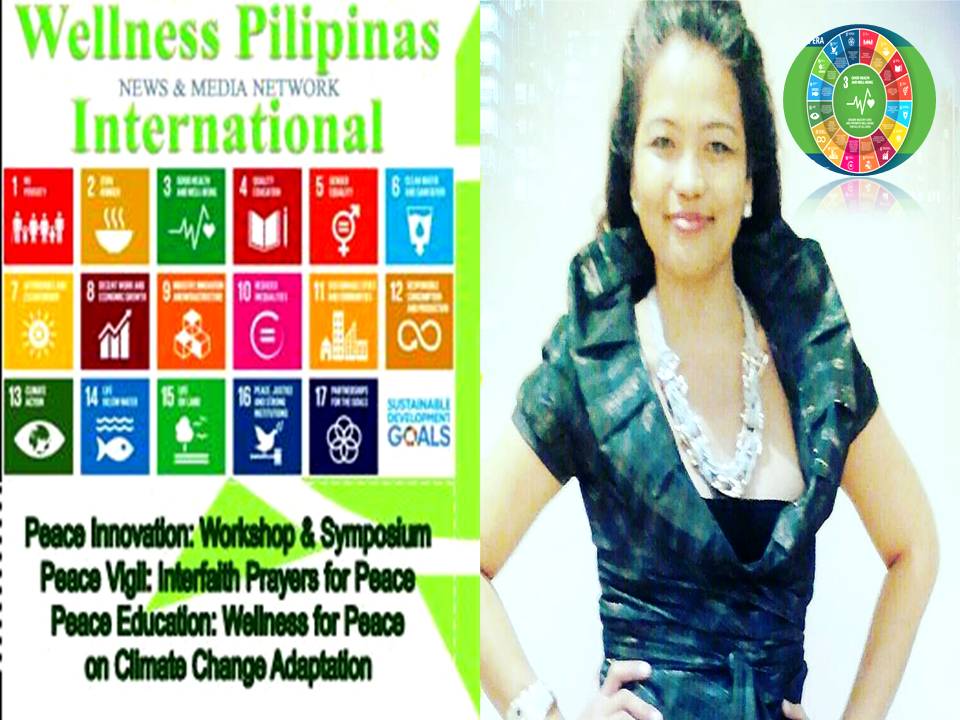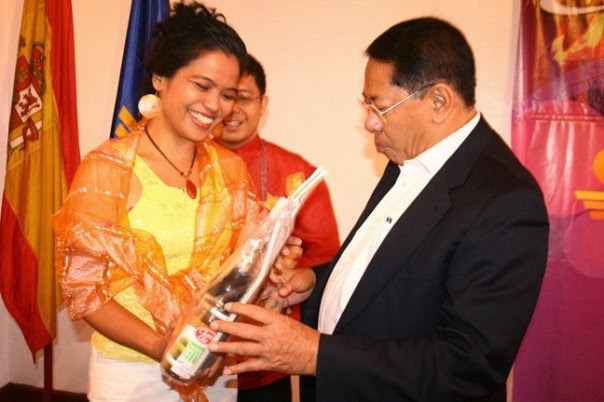Regular physical activity is proven to help prevent and treat noncommunicable diseases (NCDs) such as heart disease, stroke, diabetes and breast and colon cancer. It also helps prevent hypertension, overweight and obesity and can improve mental health, quality of life and well-being. Yet, much of the world is becoming less active.
WHO has developed a new global action plan to help countries scale up policy actions to promote physical activity. It responds to the requests by countries for updated guidance, and a framework of effective and feasible policy actions to increase physical activity at all levels.
The plan sets out four objectives and recommends 20 policy actions that are applicable to all countries and address the cultural, environmental and individual determinants of inactivity.
A key feature of this new plan is its call for a ‘’systems-based’’ approach where effective implementation will require bold leadership combined with cross-government and multisectoral partnerships at all levels to achieve a coordinated, whole-of-system response.
Working in partnerships, WHO will support countries to implement a whole-of-community approach to increase levels of physical activity in people of all ages and abilities. Global, regional and national coordination and capacity will be strengthened to respond to needs for technical support, innovation and guidance.
The global action plan on physical activity 2018 - 2030

The goal: To reduce physical inactivity

How
The plan sets out four objectives and recommends 20 policy actions. The four objectives are:
1
Create an active society – social norms and attitudes
Create a paradigm shift in all of society by enhancing knowledge and understanding of, and appreciation for, the multiple benefits of regular physical activity, according to ability and at all ages.
2
Create active environments – spaces and places
Create and maintain environments that promote and safeguard the rights of all people, of all ages, to have equitable access to safe places and spaces, in their cities and communities, in which to engage in regular physical activity, according to ability.
3
Create active people – programmes and opportunities
Create and promote access to opportunities and programmes, across multiple settings, to help people of all ages and abilities to engage in regular physical activity as individuals, families and communities.
4
Create active systems – governance and policy enablers
Create and strengthen leadership, governance, multisectoral partnerships, workforce capabilities, advocacy and information systems across sectors, to achieve excellence in resource mobilization and implementation of coordinated international, national and subnational action to increase physical activity and reduce sedentary behaviour.
The global action plan proposes solutions to strengthen leadership, governance, workforce capabilities, and advocacy. It recognises the need for stronger global, regional and national coordination and the need for a social movement and paradigm shift to address the complex problem of physical inactivity.
Promoting physical activity requires collaboration with all sectors; private companies, NGOs, community organisations, and individuals must work together to engage in local solutions. Solutions at national, sub-national and city levels are detailed in the above figure, which shows the interrelated nature of a comprehensive response to inactivity.
Policy responses must be selected and implemented according to national priorities and context, and take into account a diverse range of capabilities. WHO will work with partners to identify and implement early wins, share best practices within and between countries, and drive strategic partnerships across sectors.
Document download
http://www.who.int/ncds/prevention/physical-activity/gappa/action-plan



